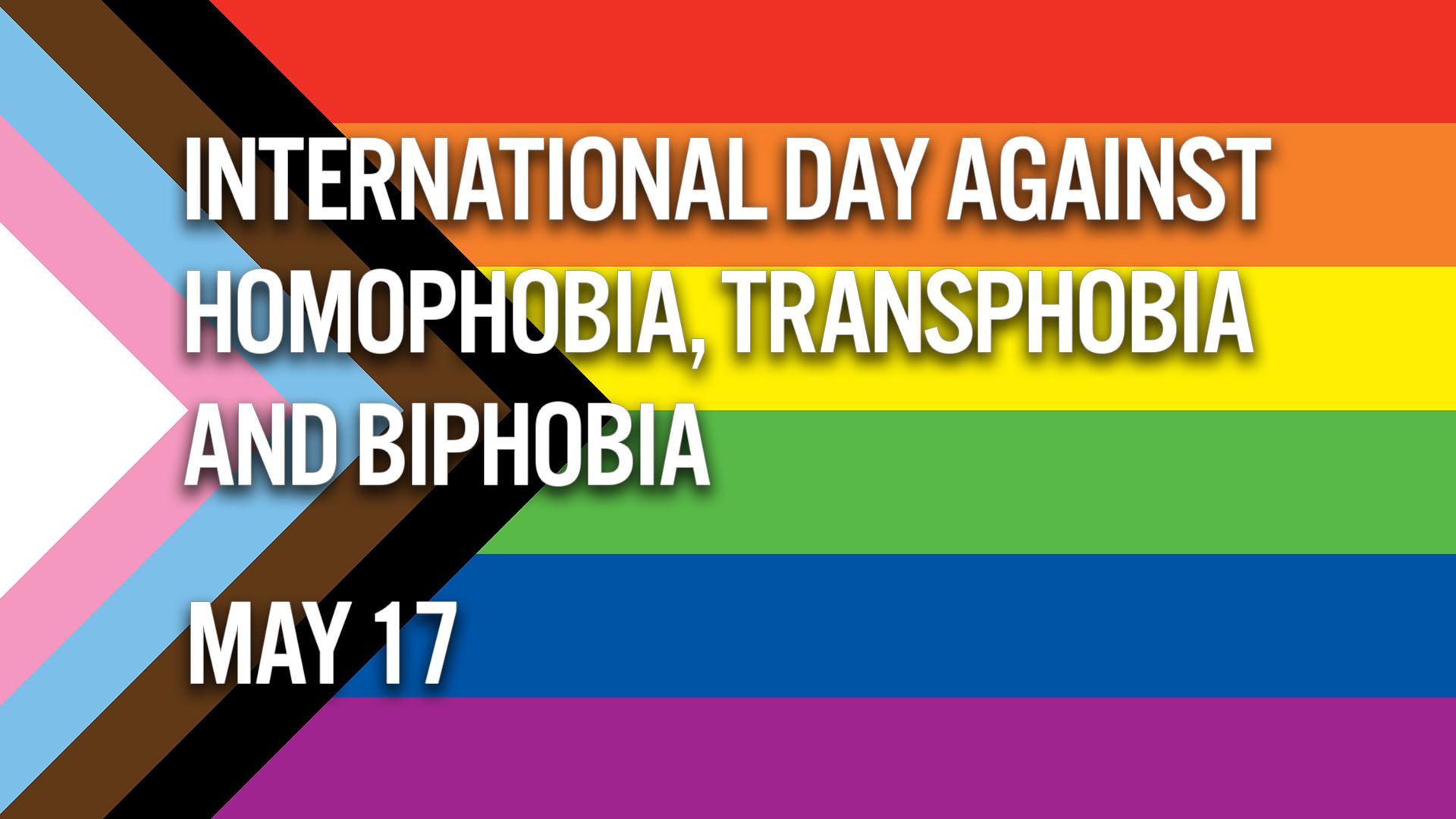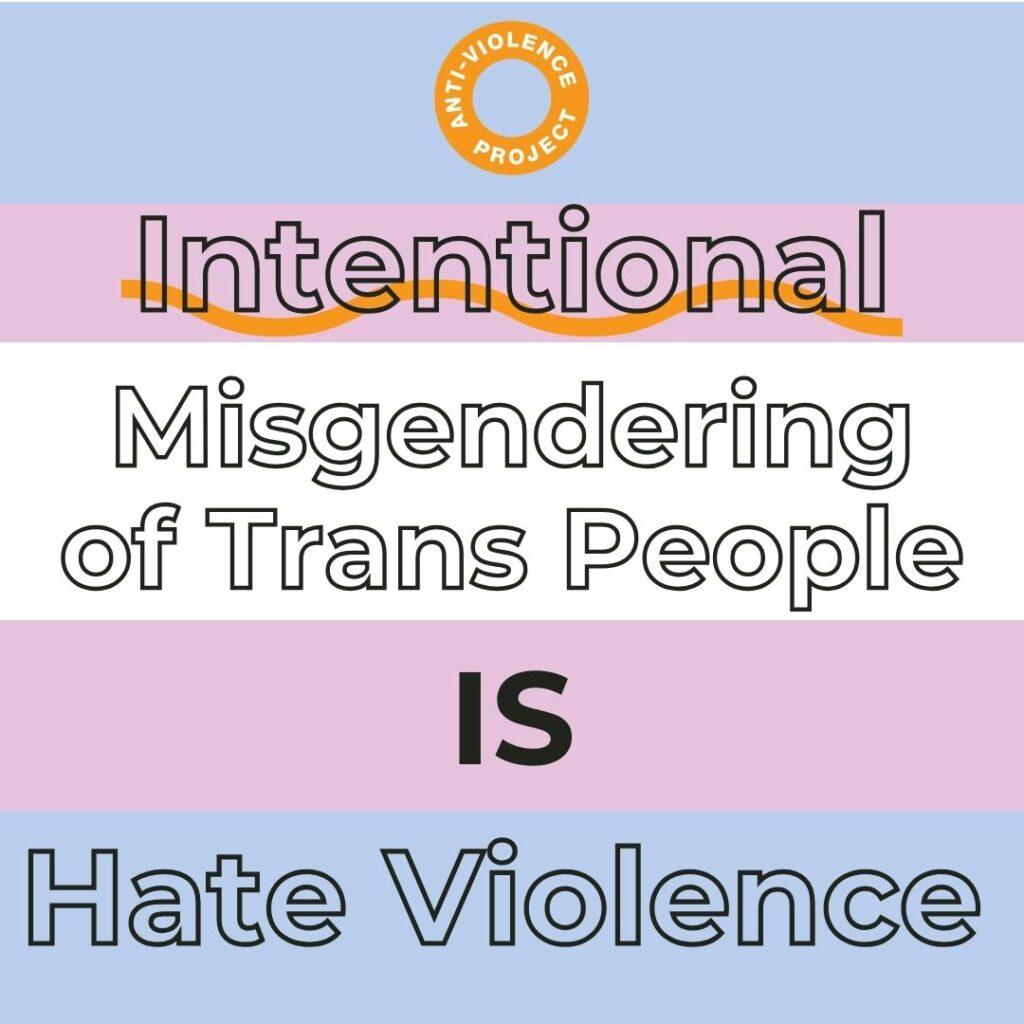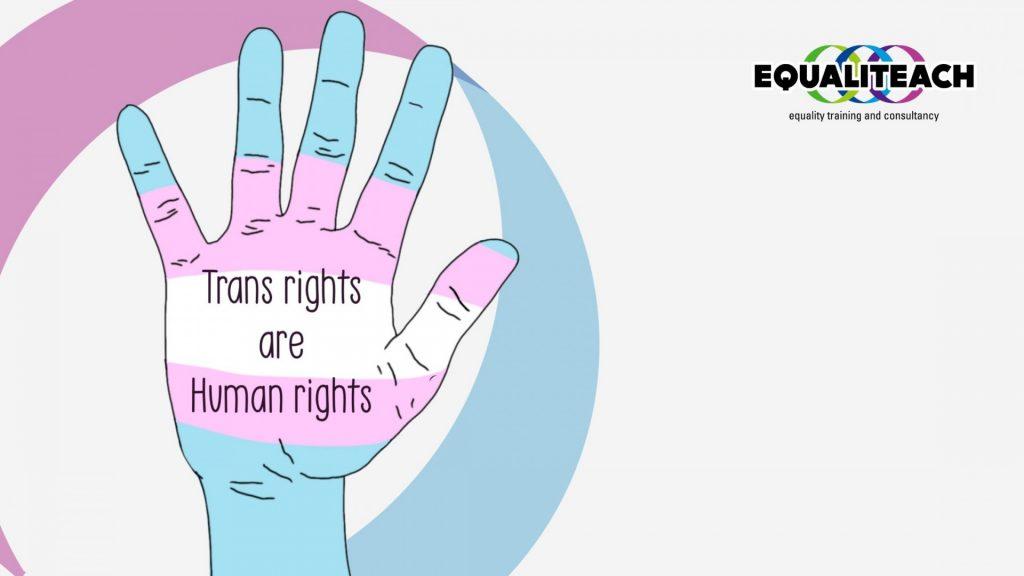Imagine scrolling through your favorite YouTube channels, laughing at the latest skits or getting lost in insightful vlogs, only to stumble upon comments or clips that make your stomach churn. You know the ones—where transphobia rears its ugly head, and you wonder, “How can people think this is okay?” It’s frustrating, isn’t it? But here’s the good news: speaking up against such negativity is not only crucial but also easier than you might think. In this article, we’re diving into practical steps you can take to report transphobic content on YouTube. It’s all about empowering yourself and others by creating a kinder, more inclusive online space. Ready to turn that frustration into action? Let’s get started!
Understanding Transphobia on YouTube and Its Impact

Transphobia on YouTube isn’t just a shadow lurking in the comments section; it’s a real issue that impacts creators and viewers alike. When videos perpetuate stereotypes or spread hate, they can create a toxic atmosphere that affects how trans individuals are viewed and treated in society. This negativity can contribute to feelings of isolation, anxiety, and even depression among those targeted. It’s like throwing a stone into a calm pond; the ripples spread far and wide, affecting more than just the initial splash. So, recognizing transphobia isn’t just about spotting the obvious. It’s about understanding the subtle, insidious ways this behavior influences the community at large.
As viewers and allies, we have the power to stand against this tide by reporting inappropriate content. YouTube provides several tools to help combat transphobia, and knowing how to use them is crucial. Here’s a quick breakdown of steps to take when you encounter harmful content:
- Click the three dots: Locate the video in question, find those three little dots under the video, and give them a click.
- Select ‘Report’: From the dropdown, choose ‘Report’ and you’ll see options to categorize the issue.
- Choose the right reason: Pick ‘Hate Speech’ or ‘Harassment’ based on what you witnessed.
- Provide details: Take a moment to explain why you believe it violates guidelines. Context is key!
When we collectively take a stand, it not only helps create a safer environment but also empowers others to speak out. The more we report, the more we signal to YouTube that transphobia has no place on their platform. Each report is a small but crucial act of defiance against hate, and together, we can forge a community where everyone feels welcome.
Recognizing the Signs: How to Identify Transphobic Content

Identifying transphobic content online can feel like navigating a minefield, but it’s crucial to stay alert. Look for language that dehumanizes or belittles individuals based on their gender identity. If you come across comments or statements that consistently use derogatory terms, cast doubt on a person’s identity, or suggest that transitions are “fake” or “wrong,” those are red flags. Sometimes, transphobia is subtler, lurking in jokes or assumptions about gender roles that dismiss the reality of transgender experiences. Trust your gut—if it feels off, it probably is.
Another telltale sign is the presence of misinformation about transgender people. This might include false claims about statistics related to violence against trans individuals, unfounded health-related myths, or conspiratorial narratives that question their legitimacy. It’s like finding a snake in the grass—at first, it might blend in, but once you see it, you can’t unsee it. Pay attention to how creators frame their narratives; if there’s a consistent pattern of reinforcing negative stereotypes or spreading hateful ideologies, that’s a loud alarm bell. Knowing how to spot these signs enables you to speak up and take action against transphobia effectively.
Your Voice Matters: Steps to Report and Address Abuse

When you encounter transphobia on YouTube, it’s essential to take action. Your voice can create ripples of change, and it all starts with reporting the offending content. Here’s how to get the ball rolling:
- Click the Three Dots: Under the video, look for the three little dots (⋮) – that’s your gateway to action.
- Select “Report”: Choose “Report” from the dropdown menu. It might feel like a small step, but it packs a punch!
- Choose the Reason: Hit “Hate Speech” or “Harassment,” detailing how the content targets the trans community.
- Provide Specifics: Explain what’s wrong. The more details, the better. Think of it as giving a roadmap to the reviewer!
- Submit and Breathe: Once done, take a breath. You’ve taken an important step toward making YouTube a safer space.
But don’t stop there! Addressing the broader issue of transphobia involves raising awareness in your circle. Share that video with friends or on social media, urging others to join in the fight against hate. Consider these avenues:
| Action | Impact |
|---|---|
| Share Your Experience | Encourages others to speak up |
| Create Informative Posts | Increases awareness and understanding |
| Engage with Allies | Builds a support network |
Every step counts in breaking down barriers and promoting acceptance. So, don’t hesitate – your voice is powerful, and together, we can make an impact!
Building a Supportive Community: Encouraging Allies to Speak Up

Creating a community where everyone feels safe and supported isn’t just a dream; it’s an essential step toward combating transphobia on platforms like YouTube. Allies play a crucial role in fostering this environment. By using your voice to call out transphobic comments and behaviors, you’re not just standing up for others—you’re also showing that hate isn’t welcome here. Think about it: when allies speak up, it’s like throwing a lifebuoy to someone drowning; it’s a powerful message that there are people willing to ride the waves with you. So, how can we encourage these allies to be more vocal? Consider sharing personal experiences, providing tools for reporting, and celebrating those who take a stand. When allies understand the impact of their voice, they’ll be more inclined to use it!
Moreover, let’s not underestimate the power of community engagement. Organize workshops or forums where individuals can learn about trans issues and the importance of allyship. Creating a safe space for dialogue can inspire allies to take action. Here’s a quick look at some impactful strategies:
| Strategy | Description |
| Awareness Campaigns | Promote understanding of trans issues among your community. |
| Support Groups | Provide safe spaces for sharing and discussion. |
| Training Sessions | Equip allies with tools for effective advocacy. |
Remember, the journey toward a supportive community is ongoing. By encouraging allies to speak up, we amplify the message that transphobia has no place in our discussions. It’s all about rallying together to create an environment where everyone can express themselves authentically and without fear! Your voice matters—make it heard!
In Summary
So there you have it—speaking up against transphobia on YouTube isn’t just a noble cause; it’s a necessity for creating a more inclusive and respectful online community. When you report harmful content, you’re not just protecting yourself; you’re standing up for countless others who may feel marginalized or silenced. Remember, every report counts. It’s like a ripple effect; your action can inspire others to do the same, creating waves of change we desperately need. So, the next time you see something that doesn’t sit right with you, don’t just scroll past it. Take a moment, make your voice heard, and be a part of something bigger than yourself. Keep shining that light! The online world can be a brighter, safer place because of you. Happy reporting!

